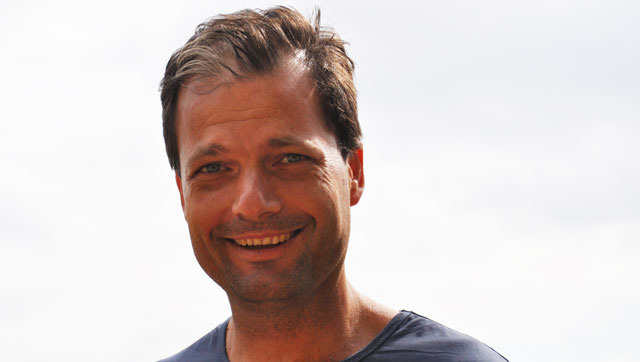
US President Barack Obama’s former White House chief of staff, Rahm Emanuel, is reported to have said, when confronted with the 2008 financial crisis: “You never let a serious crisis go to waste. And what I mean by that is it’s an opportunity to do things you think you could not do before”.
This describes the opportunity of gaining leverage from despair. It is these words that should guide our actions when examining what to do about Telkom.
Make no mistake, Telkom is in crisis. Of course, there will be a widespread schadenfreude in the SA telecommunications community — including Telkom’s retail customers — but the company’s infrastructure means the crisis provides a once-off opportunity to craft a thought-through solution.
Before now, nobody had any leverage over Telkom. But with the recent R449m Competition Tribunal fine, possible class-action damages suits to come, yet another potential fine by the tribunal and coming local-loop unbundling regulations, this is all changing.
A common theme for most of Telkom’s recurring problems arises from how it has chosen to assert its monopoly control over the “last mile” of infrastructure into homes and businesses. Its efforts to do this have proven to be a poisoned chalice — it has diverted the company from concentrating its efforts where it really does have a competitive advantage: superior infrastructure, particularly its national fibre network.
The supposed benefits of controlling the last mile are not what they seem to be. Just fixing the last-mile conundrum could provide the answers to a number of other problems that Telkom faces, including whether it should be a vertically integrated, full-service operator or not.
One way forward may be for Telkom to settle with its competitors and sell its last-mile copper to the broader Internet service provider community, which, in turn and together with Telkom as a co-investor, could set about reinvigorating this infrastructure for properly fast broadband to the 4m end users that are connected via a copper pair.
All things being equal, fibre is better than copper. But copper, especially in the last mile, will be part of our broadband future for a long time to come. Australia’s National Broadband Network, if fully realised, will result in fibre being delivered to virtually every Australian household but at an eye-watering cost of A$43bn (almost R400bn).
It may be that, in the absence of fibre, wireless technologies such as long-term evolution (LTE) will become dominant in the last mile. However, as we have seen with advanced 3G networks, actual performance is often well short of advertised and even LTE does not solve the slowness of the uplink speeds. That being said, LTE’s deployed case studies show actual performance well ahead of our ADSL services.
However, innovation in the copper space abounds. We need fibre closer to homes to offer next-generation digital subscriber lines using technology known as VDSL and VDSL2.
One of the most important recent advances in copper based transmission in recent times is vectoring. Vectoring works by increasing the speed of transmission closer to the theoretical maximum by cancelling out crosstalk (noise) between a number of lines in a cable. This crosstalk is the main reason why lines in the field perform significantly lower than their theoretical maximum. Vectoring allows each line to perform as if it is were alone in the bundle. It produces a clean signal for each line by measuring the crosstalk from all other lines and generating anti-phase signals to cancel out the crosstalk signals, resulting in almost zero noise. The technology doubles bit rates over already fast VDSL lines and can be deployed relatively inexpensively because the computing power required for it is now relatively cheap.
The move towards VDSL and VDSL2 in SA is long overdue. VDSL2 lines with vectoring have resulted in downstream speeds of as much as 100Mbit/s over distances of up to 400m and 40Mbit/s with loops of a kilometre in length. In other markets deploying decent VDSL2 with vectoring costs a tenth of the equivalent of full fibre to the home. At the kind of bit rates now available over copper, full triple-play services, which include high-definition video are possible.
Until now, Telkom has used its monopoly over the local loop to prevent competition — with disastrous consequences not only for consumers and the broader telecoms sector but for Telkom itself. Still, like a small anxious child, Telkom holds onto the local loop like a threadbare comfort blanket.
The company genuinely appears to believe that losing control of the local loop unlocks everything else. This is not true and LTE will make it even less the case. However, the local loop needs new investments to remain current. Telkom does not have the funds or capabilities to make these investments.
Telkom should now not let its current crisis go to waste. It should persuade itself and its investors to divest from the copper local loop so that it can be taken forward by others. The company has unique strengths in its huge 140 000km fibre backbone network. It should concentrate on this.
- Dirk de Vos is an independent commentator and head of QED Solutions
- Read more columns by De Vos




